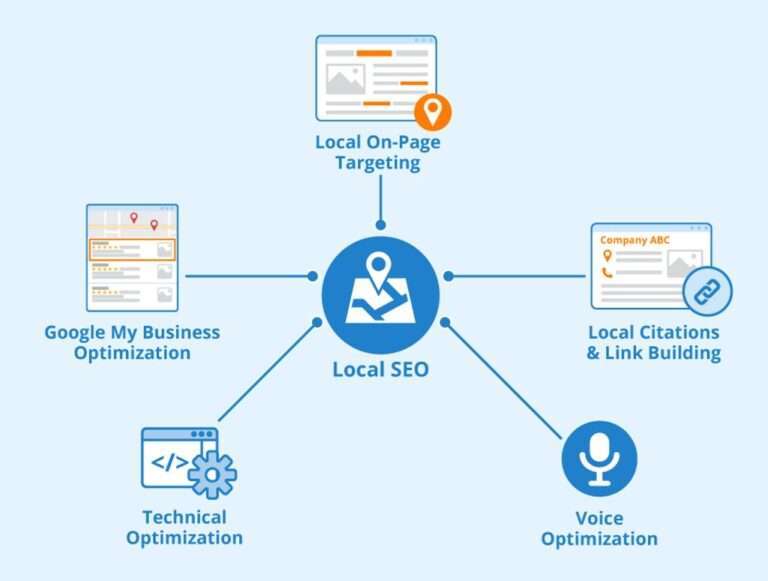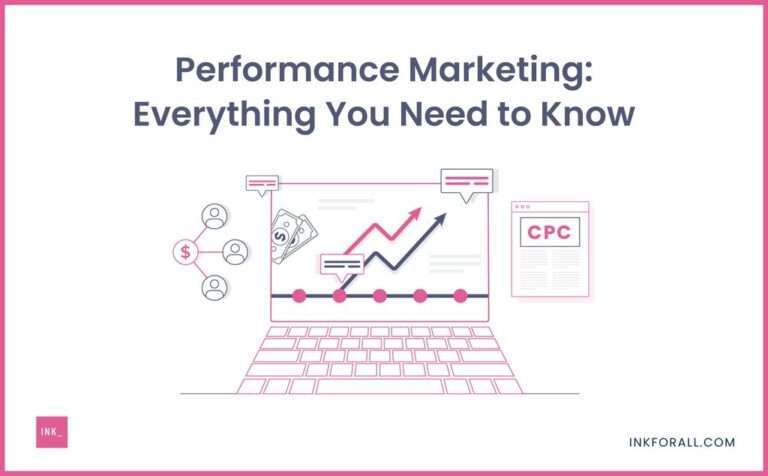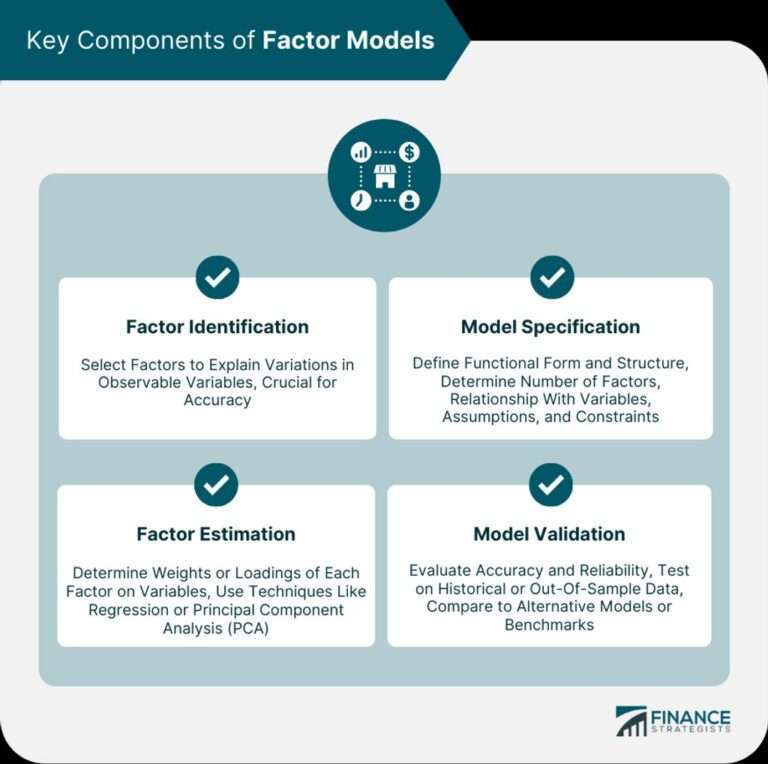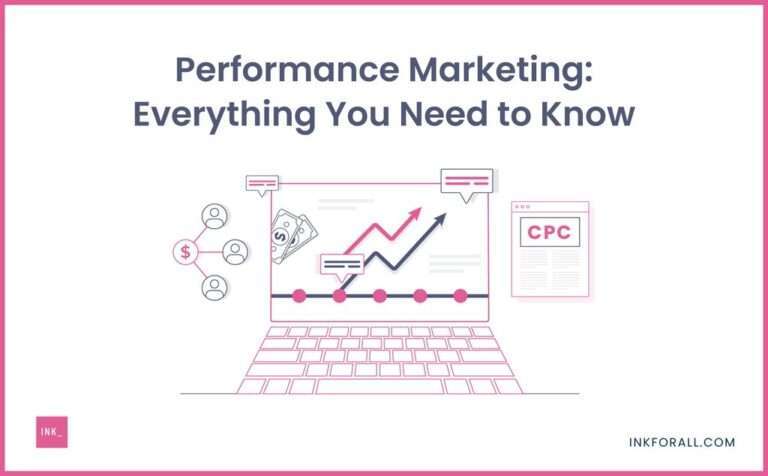What is Multimedia Content Repurposing?
Overview
What is multimedia content repurposing?
Multimedia content repurposing is the process of taking existing multimedia content and adapting it for different platforms and purposes. It involves transforming audio, video, and visual elements into various formats such as blog posts, infographics, and social media posts. The goal is to maximize the reach and impact of the original content by making it more accessible and engaging to a wider audience. Repurposing allows businesses and content creators to leverage their existing assets and extend the lifespan of their content, ultimately saving time and resources. By repackaging and repurposing multimedia content, organizations can increase brand visibility, improve search engine optimization, and drive audience engagement.
Benefits of repurposing multimedia content
Repurposing multimedia content offers several benefits for content creators and businesses. Increased reach and visibility: By repurposing content into different formats, such as blog posts, infographics, or videos, you can reach a wider audience and increase your content’s visibility. Improved SEO: Repurposing content allows you to target different keywords and optimize your content for search engines, improving your website’s ranking. Time and cost savings: Instead of creating new content from scratch, repurposing existing multimedia content saves time and reduces production costs. Enhanced engagement: Different formats appeal to different audiences, allowing you to engage with your audience in various ways. Content longevity: Repurposed content can have a longer lifespan, as it can be shared and reused across different platforms and channels. Overall, repurposing multimedia content is a valuable strategy that can help maximize the impact and effectiveness of your content marketing efforts.
Common challenges in repurposing multimedia content
Repurposing multimedia content can present several challenges that content creators need to overcome. Lack of time is a common challenge, as repurposing requires additional effort and resources. Another challenge is maintaining quality, as repurposed content should still provide value and engage the audience. Additionally, adapting format and structure can be challenging, as different platforms and mediums may require different approaches. Lastly, ensuring consistency across repurposed content can be difficult, especially when repurposing from various sources. Overcoming these challenges requires careful planning, creativity, and the use of appropriate tools and techniques.
Strategies for repurposing multimedia content
Transcribing audio and video content
Transcribing audio and video content is an effective strategy for repurposing multimedia content. By converting spoken words into written text, transcriptions make the content accessible to a wider audience, including those who prefer reading or have hearing impairments. Transcriptions also serve as a valuable resource for search engine optimization (SEO), as they provide text that can be indexed and ranked by search engines. Additionally, transcriptions can be used to create captions for videos, improving the user experience for viewers. Overall, transcribing audio and video content enhances the reach, accessibility, and searchability of multimedia content.
Creating blog posts from video content
One effective strategy for repurposing multimedia content is creating blog posts from video content. This allows you to reach a wider audience who may prefer reading over watching videos. To create a blog post from a video, you can start by transcribing the video and using the transcript as the basis for your blog post. You can then add additional information, insights, and examples to make the blog post more comprehensive and engaging. Including screenshots or images from the video can also enhance the visual appeal of the blog post. By repurposing video content into blog posts, you can provide valuable information in a different format and increase your content reach.
Creating infographics from data-driven content
Creating infographics is a powerful way to repurpose data-driven content. Infographics provide a visually appealing and concise way to present complex information. By condensing data into visual elements, infographics make it easier for audiences to understand and engage with the content. When repurposing data-driven content into infographics, it is important to focus on the key insights and highlight them in a visually compelling manner. Additionally, using color schemes, charts, and icons can enhance the visual appeal and make the information more digestible. Infographics can be shared on social media platforms, embedded in blog posts, or used in presentations, making them a versatile and effective tool for repurposing multimedia content.
Tools for repurposing multimedia content
Video editing software
Video editing software is an essential tool for repurposing multimedia content. It allows content creators to edit, trim, and enhance videos to make them more engaging and suitable for different platforms. Some popular video editing software options include Adobe Premiere Pro, Final Cut Pro, and iMovie. These tools provide a wide range of features, such as adding effects, adjusting colors, and incorporating text. With the help of video editing software, content creators can transform raw footage into polished and professional-looking videos that can be repurposed for various purposes, including social media posts, blog content, and presentations.
Transcription services
Transcription services are essential for repurposing multimedia content, especially when dealing with audio and video files. These services convert spoken words into written text, making it easier to extract key information and create new content. Accuracy is crucial when choosing a transcription service, as any errors in the transcriptions can affect the quality of the repurposed content. Some popular transcription services include Rev, TranscribeMe, and GoTranscript. Additionally, using transcription services can save time and effort, allowing content creators to focus on other aspects of repurposing multimedia content.
Graphic design tools
Graphic design tools are essential for repurposing multimedia content. They allow you to create visually appealing and engaging graphics, enhancing the overall presentation of your content. Some popular graphic design tools include Adobe Photoshop, Canva, and Figma. These tools provide a wide range of features and templates that make it easy to design professional-looking graphics for various purposes. Whether you need to create infographics, social media posts, or banners, graphic design tools can help you elevate your content and attract more audience engagement.
Conclusion
The importance of repurposing multimedia content
Repurposing multimedia content is an essential strategy in today’s digital landscape. It allows businesses and content creators to maximize the value of their existing assets and reach a wider audience. By repurposing audio, video, and visual content, companies can extend their reach, increase engagement, and improve search engine optimization. Additionally, repurposing multimedia content enables content creators to cater to different learning styles and preferences, providing information in various formats such as blog posts, infographics, and social media posts. This versatility not only enhances the user experience but also boosts brand visibility and establishes thought leadership. Overall, repurposing multimedia content is a cost-effective and efficient way to amplify the impact of your content marketing efforts.
Tips for successful repurposing
When repurposing multimedia content, there are several tips that can help ensure success. Firstly, understand your target audience and tailor the repurposed content to their preferences and needs. This can be done by conducting research and analyzing the demographics and interests of your audience. Secondly, optimize the content for different platforms. Each platform has its own requirements and limitations, so make sure to adapt the content accordingly. Thirdly, leverage the power of storytelling. Engage your audience by telling a compelling story through your repurposed content. This can be done through narratives, visuals, and emotional appeal. Lastly, measure and analyze the performance of your repurposed content. Use analytics tools to track metrics such as engagement, reach, and conversions to evaluate the effectiveness of your repurposing efforts.
Future trends in multimedia content repurposing
As technology continues to advance, the future of multimedia content repurposing looks promising. Artificial intelligence and machine learning algorithms are being developed to automate the process of repurposing content, making it faster and more efficient. Additionally, virtual reality and augmented reality technologies are being used to create immersive and interactive repurposed content. With the increasing demand for personalized and engaging content, multimedia content repurposing is expected to play a crucial role in content marketing strategies in the coming years.








 العربية
العربية Čeština
Čeština Dansk
Dansk Nederlands
Nederlands English
English Suomi
Suomi Français
Français Deutsch
Deutsch Italiano
Italiano 日本語
日本語 한국어
한국어 Norsk bokmål
Norsk bokmål Polski
Polski Português
Português Русский
Русский Español
Español Svenska
Svenska